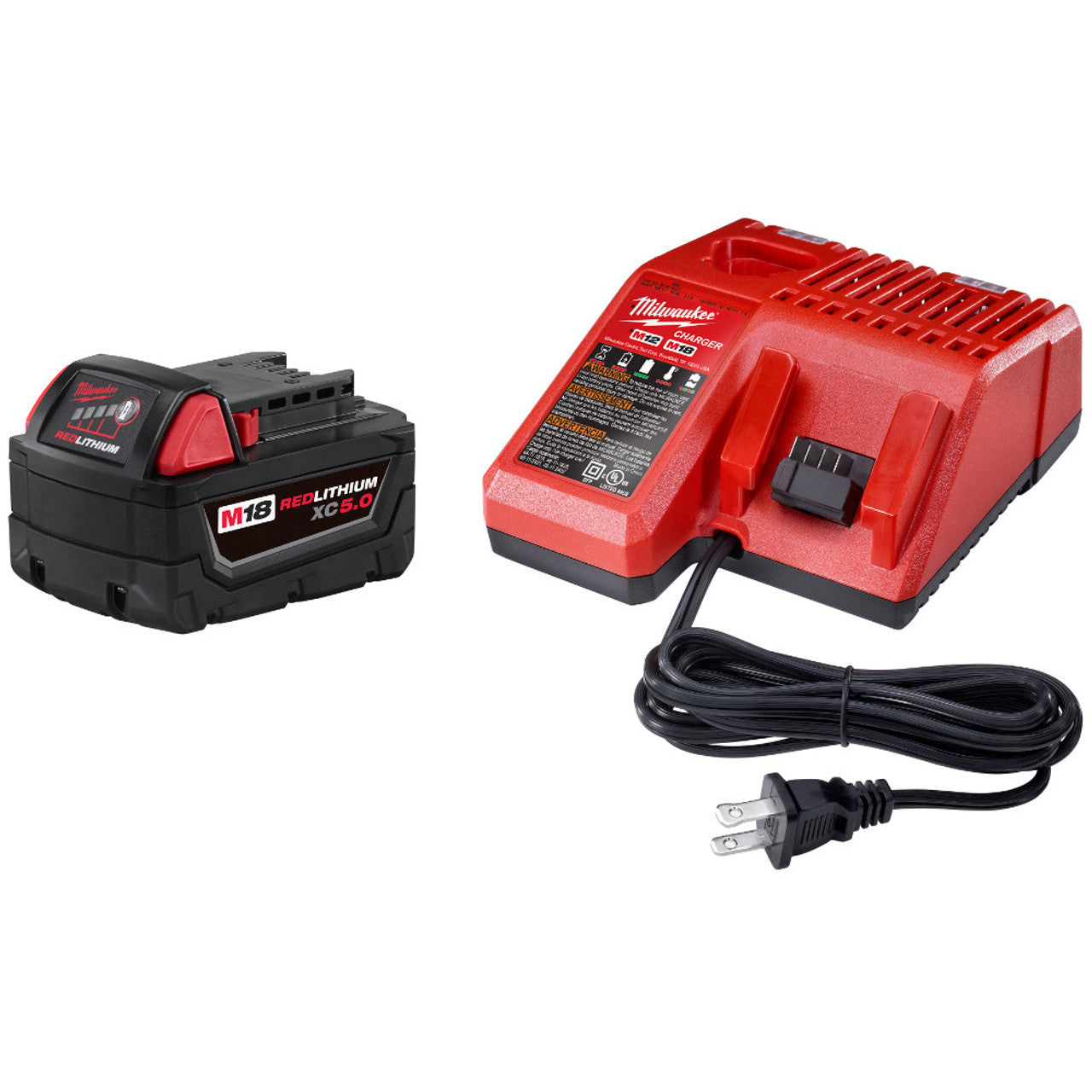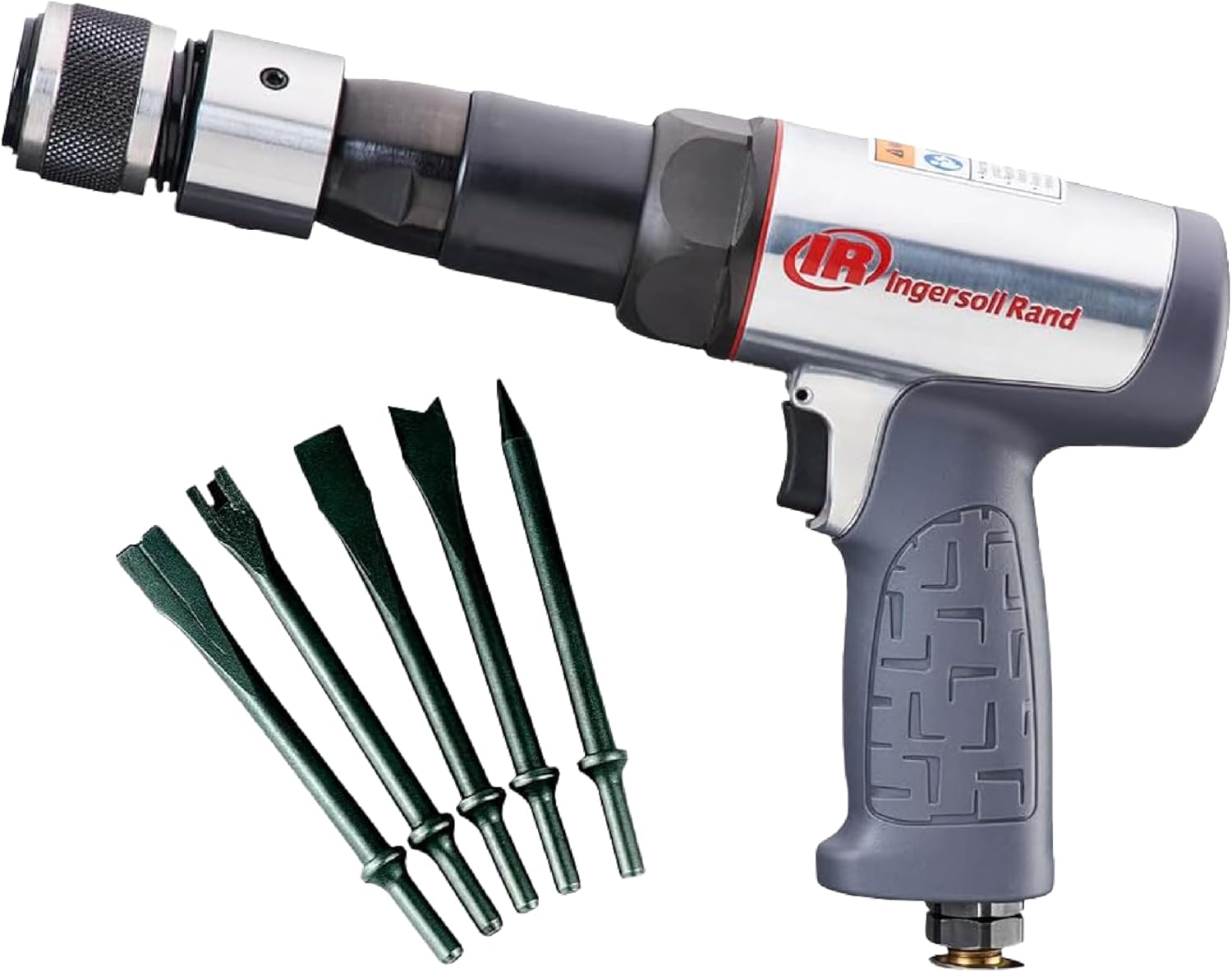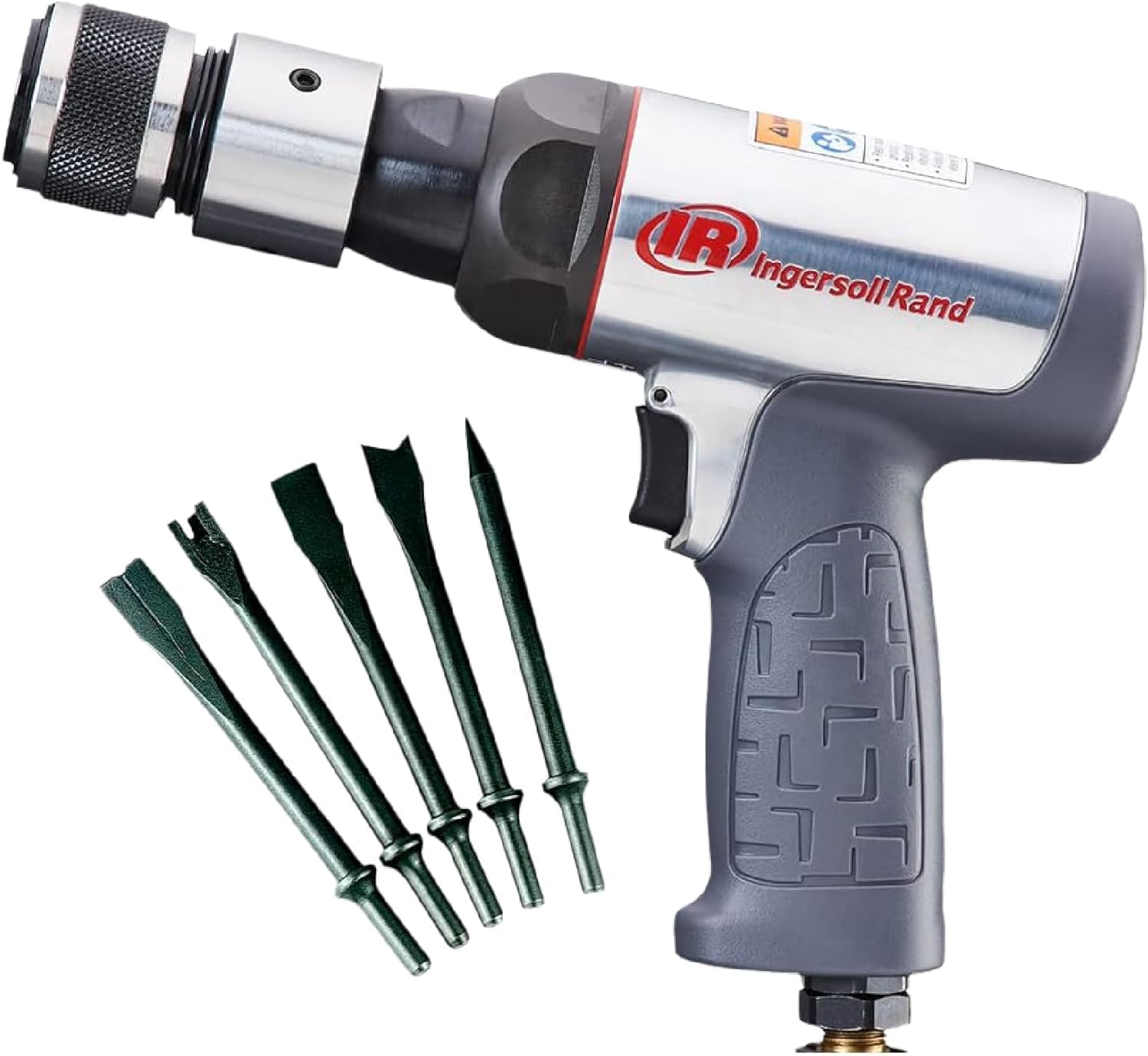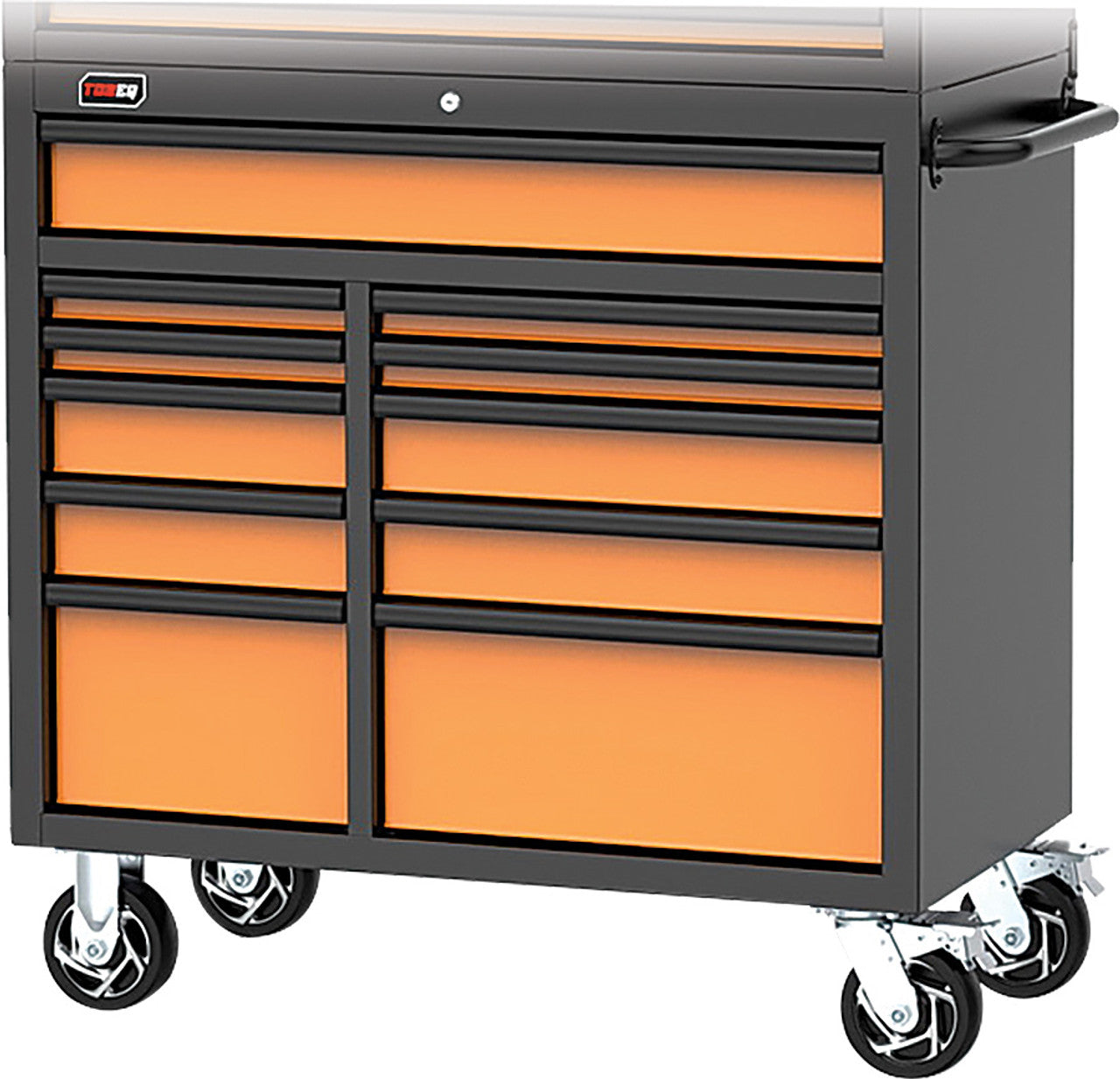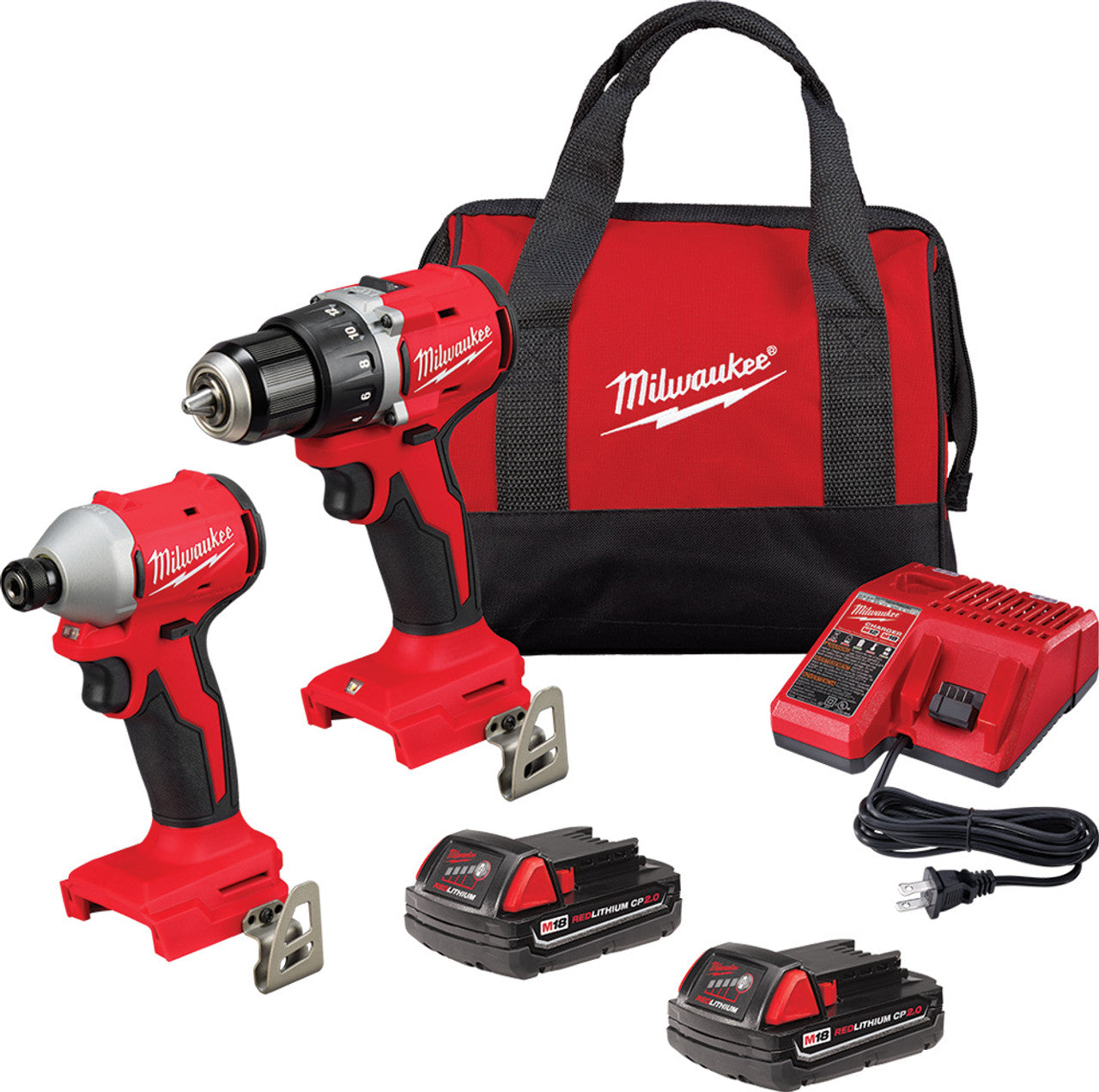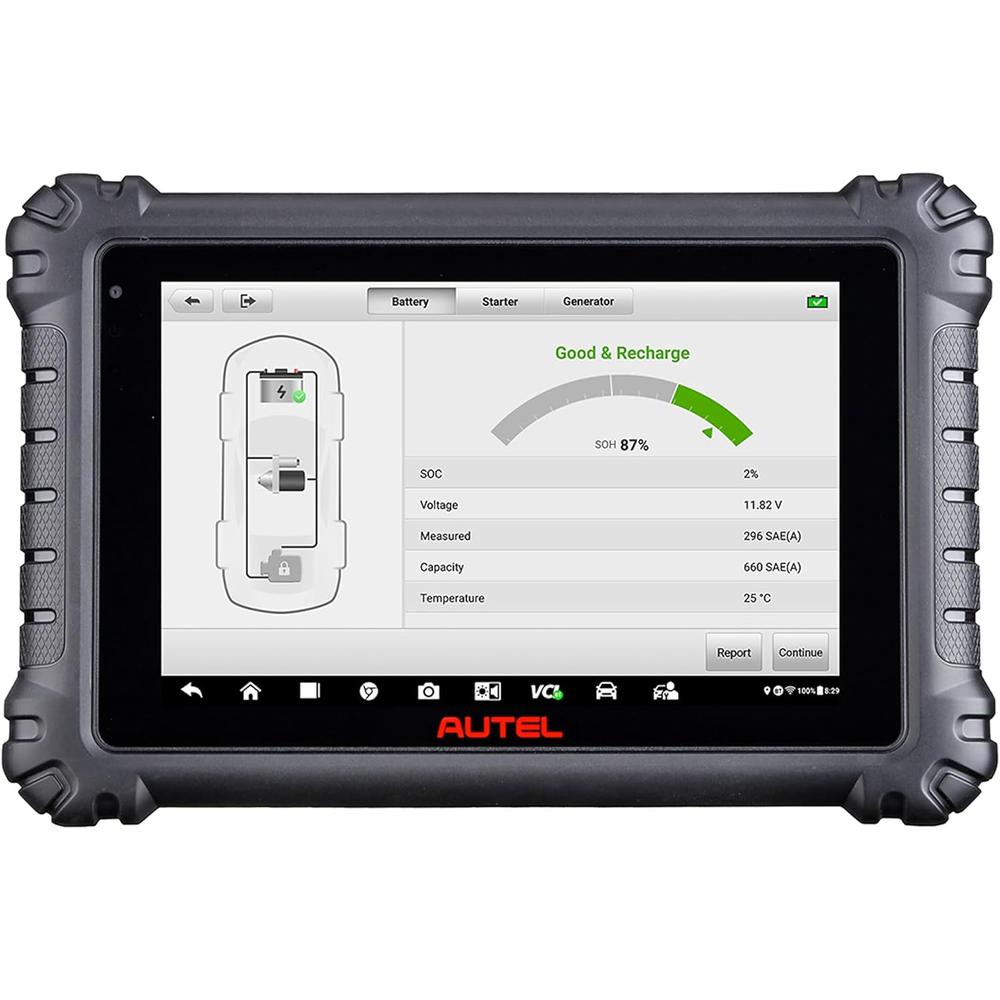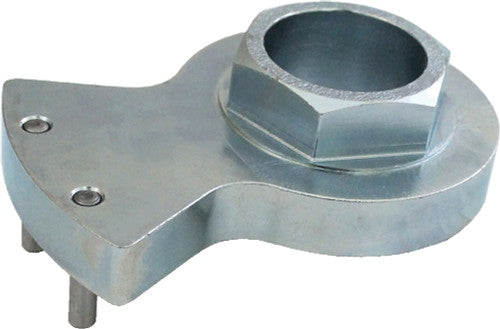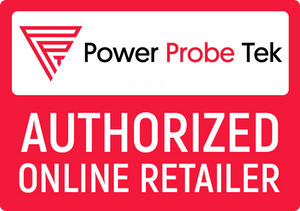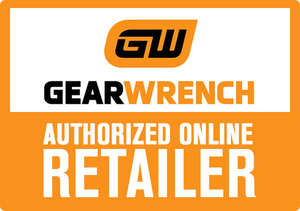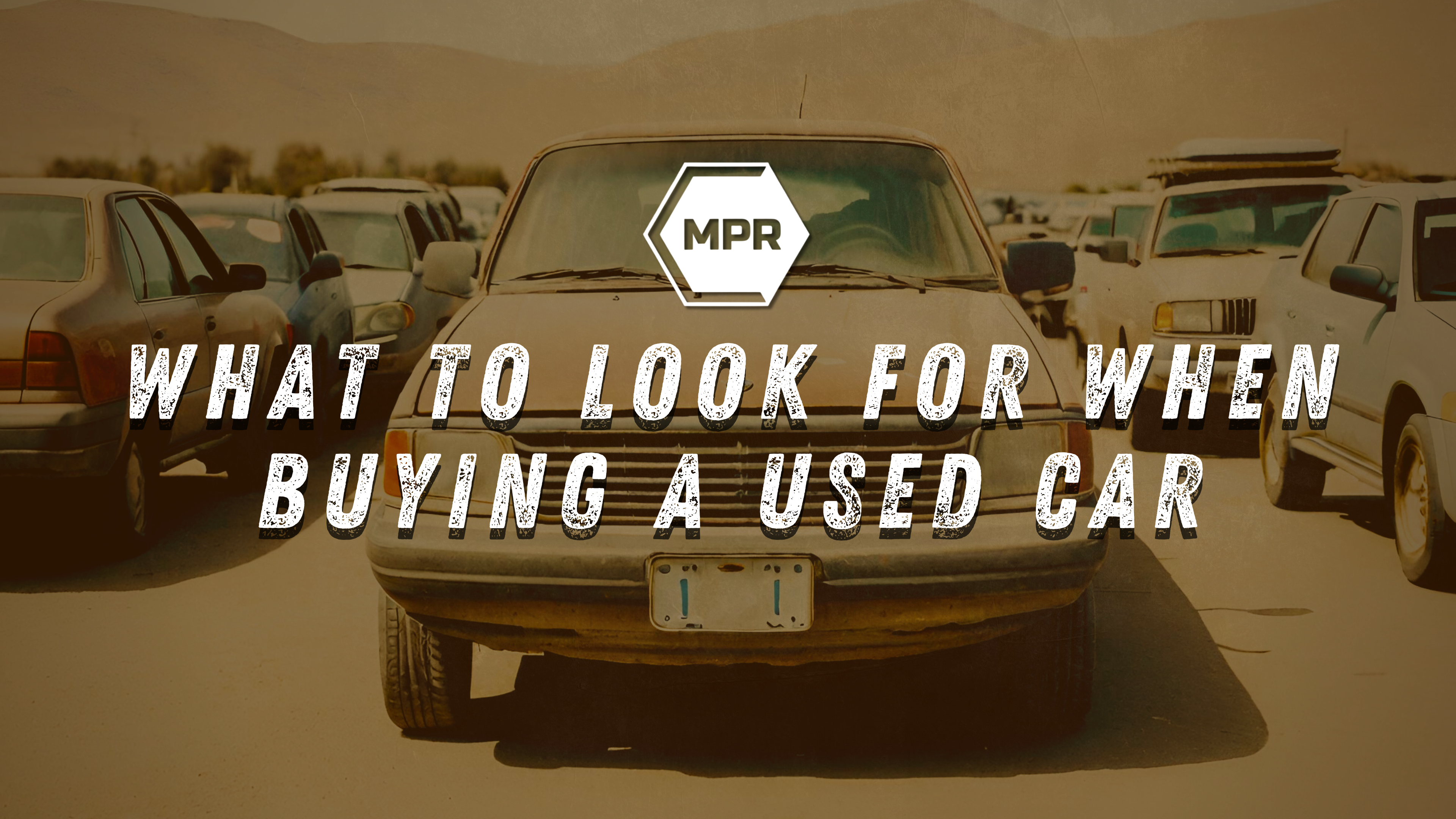Weighing your options between buying a brand-new car and a used car? If you’ve been asking yourself questions like:
- “Is a used car the right choice for me?”
- “How do I make sure I don’t end up with a lemon?”
- “Will it cost me more in repairs compared to buying a new car?”
You’re certainly not alone. While driving off the lot in a brand-new car has its perks, new vehicles depreciate quickly. According to Canadian automotive dealership group Go Auto, a new car typically loses around 10% of its value as soon as it leaves the dealership, another 10–20% in its first year, and can lose up to 60% of its value in five years. In contrast, used cars let you avoid the heaviest part of that depreciation curve, helping you potentially save money for other priorities.
However, purchasing a used vehicle demands extra vigilance. You’ll need to know how to spot possible issues, gauge the car’s overall condition, and make a well-informed decision. Below are key things to check to help you confidently shop for a used car and get the most bang for your buck.
1. Research and Prepare
Start with a shortlist. If you already have a specific make and model in mind, research common problems, recalls, and average mileage expectations for that vehicle. Look up safety ratings and owner reviews to get a feel for whether it has any widely known drawbacks or quirks.
Choose the right seller. Whether it’s a reputable dealership or a private seller, check out online reviews and ask about maintenance records. A seller who kept detailed maintenance documentation can be a goldmine of information and give you clues on how well the car was cared for.
Prepare your tools. Bring along a flashlight, microfiber cloths, a tire tread depth gauge, and an OBD2 scanner if you have one. These items will help you perform a thorough inspection, especially if you plan to examine more than one car in a single day.
2. Car Body
A car’s exterior can reveal plenty about its history—accidents, rust issues, or signs of neglect.
- Check in daylight. As Deboss Garage master mechanic Rich Bosch points out, you should always inspect a vehicle in daylight to catch paint discrepancies, rust, dents, or repairs that might be hard to see at night.

- Look for rust. Surface rust might be fixable, but extensive rust on the frame could impact structural integrity. In one of our previous articles, we discussed how frame rust can be a serious safety concern.

- Inspect the windshield and windows. Even small chips or cracks can quickly become major (and expensive) problems.
- Examine the lights. Turn on the headlights, taillights, brake lights, and signals to ensure they all work and have no cracks or moisture inside.
- Tires and wheels. Check for uneven tread wear, sidewall cracks, or “curb rash” on wheels. Uneven wear might point to alignment or suspension issues. Use a reliable tread depth gauge—like the Milton S-448 Tire Tread Depth Gauge—to get an accurate read on how much life is left in those tires.

3. Inside the Cabin
This is where you’ll spend most of your time, so comfort and functionality are key.

Seats
- Look for wear and tear. Sagging cushions, torn fabric, or thinning leather can indicate high mileage or poor upkeep.
- Adjustability. Ensure the driver’s seat can be moved to a safe, comfortable position and that it holds its position without slipping.
- Headrests. Make sure they can be adjusted to the right height to support your head and neck properly.
Safety Features
- Seat belts. They should fasten securely, retract smoothly, and show no fraying or tears.
- Airbags. Check the covers on the steering wheel and passenger-side dash for signs of tampering or mismatched parts.
- Child safety locks. If you have kids, confirm the car’s LATCH systems and child locks are functioning properly.
Dashboard and Electronics
- Instrument cluster. Turn the key to the “on” position (without starting the engine) and watch for all warning lights to illuminate briefly, then go off. If any stay lit, investigate further.
- Controls and switches. Test the headlights, turn signals, wipers, climate control, and audio system. Everything should feel responsive and easy to use.
- Power accessories. Check if power windows, mirrors, and seats (if applicable) move smoothly.
- Infotainment system. Verify that the touchscreen responds properly and any Bluetooth or USB features work as intended.
Odors
- Mold or mildew smells. Could indicate prior water damage, possibly from floods or leaks.
- Burning smells. May point to electrical or mechanical issues under the dash.
- Check for moisture. A handy tool like the Performance Tools PTW89718 Digital Moisture Meter can help detect hidden dampness in the carpet or upholstery.
4. Under the Hood
Pop the hood and look for signs of leaks, corrosion, and general wear. As Rich Bosch from Deboss Garage suggests, listen for any unusual noises like ticks, knocks, squeaks, or rattles.

Fluids
- Engine oil. Check if it’s at the correct level and that the color looks normal (not milky or extremely dark).
- Transmission fluid. Should be pinkish or red and have a clean smell—burnt-smelling fluid may be a warning sign.
- Brake fluid. Typically a clear or slightly yellowish hue. If it’s dark or cloudy, it may need to be replaced.
- Coolant. Bright green, pink, or orange in color, without debris or oil contamination.
- Power steering fluid. Clear or slightly amber; avoid vehicles with murky or foul-smelling fluid.
Battery
- Corrosion. Check battery terminals for corrosion or buildup.
- Voltage test. Using a multimeter, a fully charged battery should read between 12.2 to 12.6 volts when the engine is off. Anything lower indicates a weak or failing battery.
- Load test. Consider a battery load test (using a device like the ATD Tools 5488 100 Amp Battery Load Tester) to see how the battery performs under strain.
Exhaust System
- Check for rust or damage. Examine the muffler, catalytic converter, and pipes for deterioration.
- Smoke color. Excessive dark, blue, or white smoke can indicate engine problems, such as burning oil or coolant leaks.
- Unusual odors. A strong exhaust smell or a sweet antifreeze scent could signal a leak.
OBD2 Reader
- Diagnostic Trouble Codes (DTCs). An OBD2 scanner can detect potential issues in the engine, transmission, or emissions systems. If the scanner flags any codes, investigate them before committing to a purchase.

5. Suspension Inspection
A car’s suspension contributes to ride comfort and handling. While you won’t always get a perfect reading of suspension health until you drive the car, some visual cues can still help:
- Bounce test. Push down firmly on each corner of the car. If it bounces more than twice before settling, the shocks or struts may be worn out.
- Look at the wheel wells. Check for grease or fluid leakage around shock absorbers or struts—this might indicate a failing suspension component.
- Bushings and joints. Inspect control arm bushings and ball joints for signs of wear or cracks. Worn bushings can cause clunking noises or imprecise steering.
6. Test Drive

Perhaps the most revealing part of inspecting a used car is how it actually feels on the road.
- Listen and feel. Any odd noises—like clunking, grinding, or rattling—are red flags. Pay attention to steering responsiveness and overall ride comfort.
- Acceleration and braking. Does the car accelerate smoothly? Do the brakes engage firmly without shaking the steering wheel? A pulsing brake pedal may indicate warped rotors, while a spongy pedal might suggest air in the brake lines or failing brake components.
- Transmission shifts. If it’s an automatic, shifts should be smooth and occur at appropriate RPMs. A manual transmission should have a smooth clutch engagement without grinding gears.
- Cruise at different speeds. Test city driving, highway cruising, and quick maneuvers (within legal and safe limits) to see if the car behaves consistently.
7. Service History and Maintenance Records
Ask the seller for any available service history to confirm that critical maintenance tasks (oil changes, brake pad replacements, timing belt or chain servicing, etc.) have been performed on time.
- Regular intervals. Oil changes every 5,000–8,000 miles (depending on the oil type) suggest a diligent owner.
- Major services. Check if the car has had its timing belt or timing chain replaced—these can be costly if ignored.
- Recurring issues. Multiple repeated repairs for the same problem might indicate a lingering issue that’s difficult to fix.
8. Negotiating the Deal
If everything checks out, you’ll still want to negotiate a fair price. Here are a few tips:
- Research market value. Use reputable sites (like Kelley Blue Book or local classifieds) to get a sense of what similar used cars sell for in your area.
- Leverage needed repairs. If you uncovered minor issues (like worn tires or a battery nearing the end of its life), you can use these findings to negotiate a lower price or ask the seller to fix them before purchase.
- Don’t rush. If the seller is pushing for a quick sale, be wary. Take your time, compare options, and walk away if something feels off.
Final Thoughts
Buying a used car can be a smart move—especially if you understand what to look for. From carefully inspecting the body panels and interior cabin to popping the hood for a deep dive into engine health, due diligence is your best friend. Armed with the right knowledge (and a few handy tools like an OBD2 reader or tread depth gauge), you can make a confident, informed decision.
Remember, always trust your instincts. If a deal seems too good to be true, it probably is. Walk away from any vehicle that raises serious red flags and keep searching until you find the right match for your needs, budget, and peace of mind.
By following these steps and prioritizing thorough research, a careful visual inspection, and a proper test drive, you’ll be well on your way to buying a used car that offers real value without nasty surprises down the road.
Ensure Your Investment is Road-Ready with the Right Tools
Buying a used car is a big decision, but with the right research, inspection, and maintenance, you can drive away with confidence. Whether you’re checking under the hood or inspecting the cabin, having the proper tools can make all the difference in identifying potential issues and ensuring a smooth purchase.
At MPR Tools & Equipment, we offer everything you need to inspect your next used car, from diagnostic tools to mechanic-grade wrenches and more. When you shop with us, you can trust that you’re getting high-quality tools to help you make informed decisions on your next vehicle!
Happy Tinkering!
